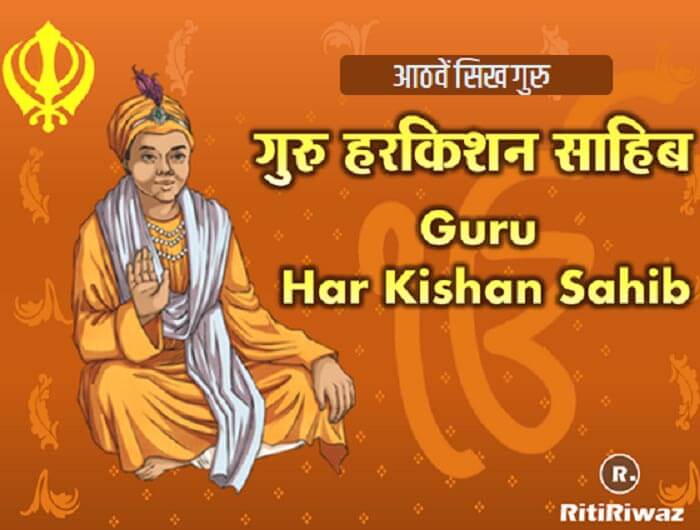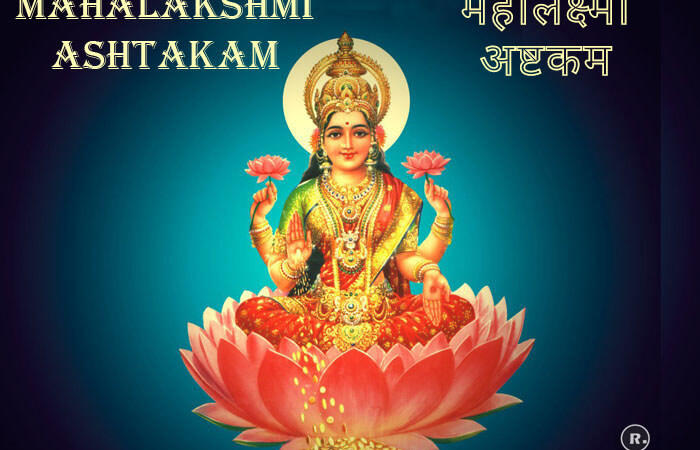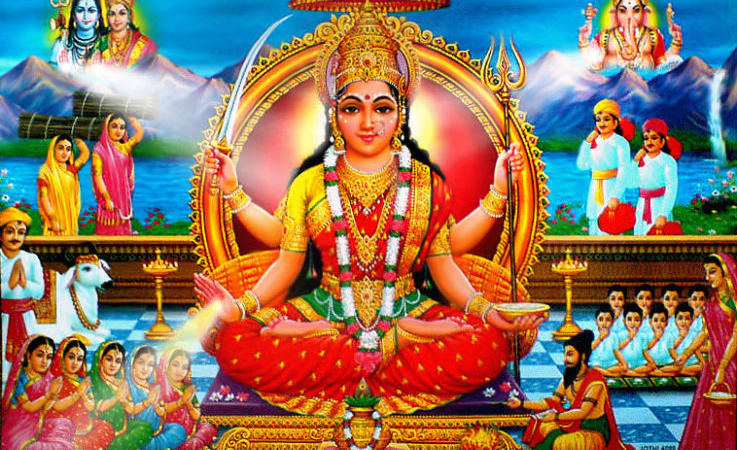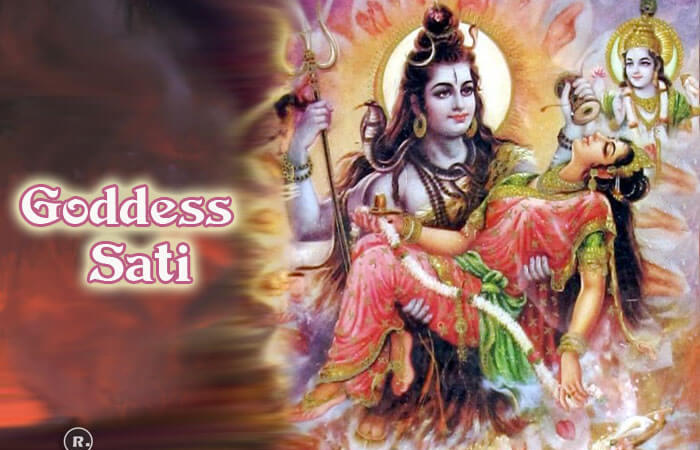Biography of Guru Har Krishan

Guru Har Krishan ( 7 July 1656 – 30 March 1664), the eighth Sikh Guru, received the jot, or the divine light and the spirit, of Guru Nanak, at the age of five from the seventh Sikh Guru, Har Rai on 7th October 1661. He is also known as Bal Guru (Child Guru) and sometimes spelled as Hari Krishan Sahib. Guru Har Krishan Sahib had the shortest reign as Guru, lasting only 2 years, 5 months, and 24 days.
He is remembered in the Sikh tradition for saying “Baba Bakale” before he died, which Sikhs interpreted to identify his grand uncle Guru Tegh Bahadur Sahib Ji as the next successor. He was considered as the healer who took the widespread disease on himself and cured the city.
Fast Facts
Name: Kishan Das Sodhi
Other names: Bal Guru, The Eighth Master
Birth: 7 July 1656
Birth Place: Gurudwara Shri Sheesh Mahal Sahib, Kiratpur Sahib
Gurgaddi: Gurudwara Shri Kot Sahib, Kiratpur Sahib
Successor: Guru Teg Bahadur Sahib Ji
Predecessor: Guru Har Rai Sahib Ji
Father: Guru Har Rai Sahib Ji
Mother: Mata Krishan Kaur Ji (Mata Sulakhani Ji)
Death: 30 March1664
Death Place: Gurudwara Shri Bala Sahib, Delhi
Guruship
Guru Har Krishan Sahib was the second son of the seventh Guru, Sri Guru Har Rai Sahib and Mata Krishan Kaur. He was born on July 7, 1656, in Kiratpur (Shivalik Hills). He became the youngest Guru in Sikhism at the age of five, on 7 October 1661, succeeding his father, Guru Har Rai Sahib. His Guruship was opposed by his elder brother Ram Rai, who was in collusion with the Mughals.
The Guru’s older brother Ram Rai complained to emperor Aurangzeb in Delhi that he had been discriminated against because of his loyalty to the emperor and had not received his due share of the property of his father Guru Har Rai. Aurangzeb sent Raja Jai Singh a high court official known for his devotion to the Guru to escort the Guru to Delhi.
Raja Jai Singh assured the Guru that he would not have to meet the emperor personally while in Delhi and that there were a large number of devotees in Delhi who were anxious to see and hear their Guru. Guru Harkrishan convinced the Sikhs at Kiratpur that he should go the Delhi.
Guru Harkrishan along with his mother and a group of devotees set out for the long journey to Delhi. On their journey, the Guru is met by a large crowd of devotees. At Panjokhra, near Ambala, Haryana, there stands a magnificent gurudwara in memory of the miracle done by Guru Har Krishan. Doubting the abilities of a small child to be a Guru, a local pandit (learned man) challenged him to translate and explain the Sanskrit verses of Bhagavad Gita.
At that time, Sanskrit was read & studied only by eminent people. He brought with him a completely illiterate man with a limited mental ability named Gangu Jheevar. Guruji pointed a stick on Gangu’s head as a blessing and that disabled illiterate man started uttering the sermons of the sacred text to perfection.
Raja Jai Singh had promised to uphold the safety of the Guru in Delhi. Every day a large number of devotees started flocking to see the Guru. At this time a smallpox epidemic was raging in Delhi.
He led the Sikhs for two and a half years and spent part of that time in Delhi tending to the sick and poor during an epidemic of smallpox. Thousands were healed by Guru Har Krishan. The Guru helped to heal many sick people, naturally coming in contact with so many people every day, the Guru was also infected and taken seriously ill.
On March 30, 1664, Guru Harkrishan decided to announce his successor, the Guru called for five coins and a coconut. He took them and being too weak to move, weaved his hands three times in the air and said “Baba Bakala“. Baba Balaka was the grand uncle of Guru Har Krishan, Guru Teg Bahadur. Thus, Guru Teg Bahadur was nominated as the ninth guru of the Sikhs.
In the last moment, Guru Harkrishan Sahib wished that nobody should mourn him after his death and instructed to sing the hymn of Gurbani. Guru Harkrishan then suddenly passed away at the tender age of eight years old. The disease subsided in Delhi but the Guru took the suffering of the people upon himself and succumbed to smallpox at the age of about eight.
Gurdwara Bangla Sahib was later built at the spot where Guru Har Krishan stayed in Delhi. The Amrit Sarovar, or the holy tank, at the Gurdwara continues to heal thousands who visit daily. He was cremated at the present site of this Gurdwara, Bala Sahib Gurdwara. Gurudwara Panjokhra Sahib in Ambala, Haryana is the main gurudwara custom-built for the 8th guru of Sikhs.
About twenty-five years after Guru Har Krishan departed from this world, the tenth Sikh Guru, Gobind Singh, wrote the following about him. “Remembering and meditating upon Sri Guru Har Krishan, beholding him, all pains vanish.”






